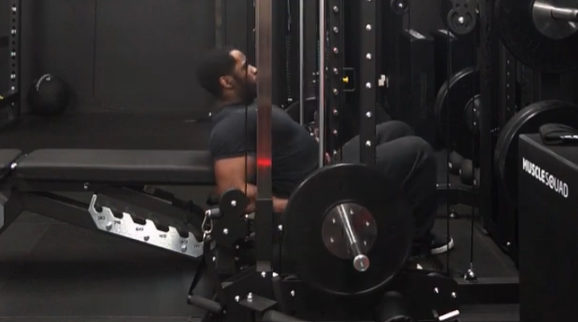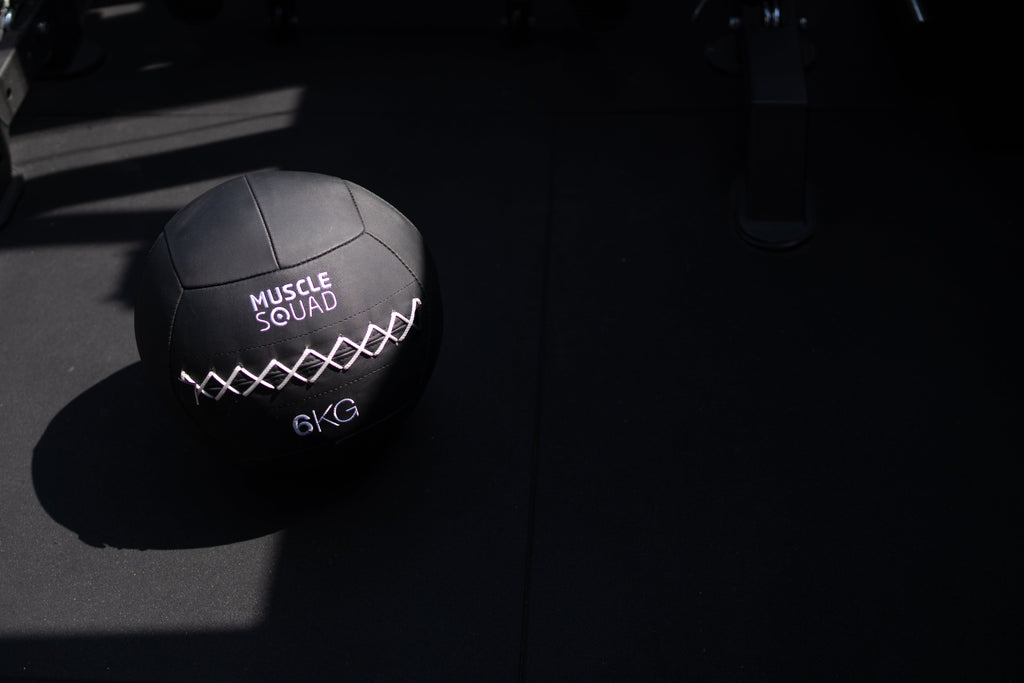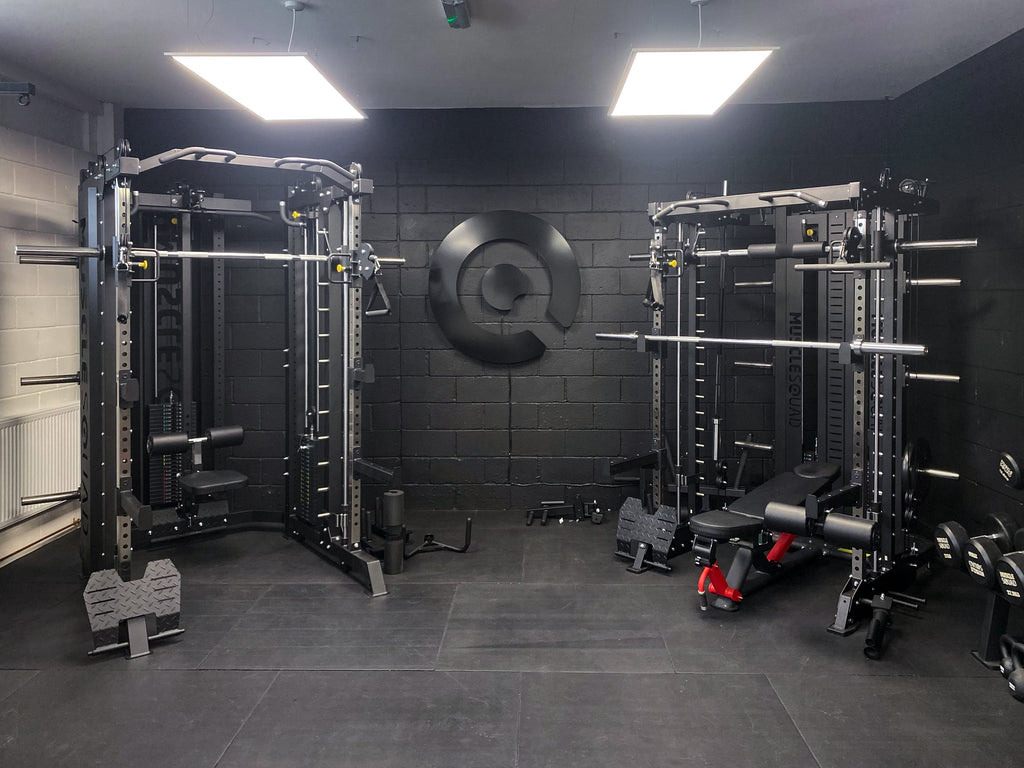Wherever you’re building your gym, from home to a commercial space, your rack is likely to be the focal point. But with two primary rack types—squat racks and power racks—it can be difficult to know which one is right for you. You might not even know what separates them!
We’ve been developing gym equipment since 2017 and are here to dispel any confusion around squat racks and power racks. After a quick read you’ll know the differences between the two categories and what each of their benefits are.
What is a squat rack?

A squat rack is made up of two metal uprights with either a pair of hooks to support a barbell or a basin for it to lie in. It’s designed to be a sturdy but simple piece of equipment that’s suitable for squats and in some cases bench press, but nothing beyond that. For this reason they’re noticeably cheaper than a power rack and take up less space.
What is a power rack?

A power rack is a more substantial piece of gym equipment that’s also known as a power ‘cage’ due to it having four metal uprights to perform exercises in. A key feature of these racks is that they usually come with a metal support on either side of the cage that can catch your barbell in the case of bailed lifts.
What’s the difference between the two?
Squat racks and power racks have a few differences that give them each pros and cons. A squat rack takes up less space than a power rack and is therefore more suitable for smaller gyms. They’re especially popular in garage gyms where space is at a premium. They’re also the cheaper option due to fewer materials being used.
Power racks, on the other hand, are more versatile. While a squat rack might come with adjustable barbell hooks, a power rack always will. This makes it ideal for performing deadlifts, bent over rows and other exercises where you need the barbell closer to the floor. Power racks also benefit from the safety feature inside the cage that makes them preferable for heavy lifts since you’re protected in the case of bail outs. You can also perform pull-ups on a power rack, whereas a standalone squat rack is unlikely to have this feature.
Which rack should I buy?
Choosing the right rack for you is simple in our eyes. You should buy a squat rack if…
- You’re looking for a compact option
- You’re looking for the most budget-friendly option
- You’re only looking to perform squats and bench press
Alternatively, we’d recommend a power rack if…
- You have the space and budget to spare
- You plan on lifting heavy
- You’re looking to perform additional exercises like bent over rows, deadlifts, pull-ups and overhead press
What other rack types exist?
While squat racks and power racks rule the roost, some other rack variants have popped up in recent years.
Quarter rack

A quarter rack is similar to a squat rack except that it has an extended footprint. We’ve used this in our rendition by adding a high and low cable pulley system to the rack along a pull-up bar and two weight storage poles for holding your plates, though this isn’t standard in quarter racks.
Half rack

A half rack uses four uprights just like a power rack, but they’re set much closer together which makes it impossible to squat within the rack. Instead, you train outside of the rack like you would with a squat rack. You might wonder why someone would opt for a half rack then, but those additional uprights can be used for storage.
Full power rack

A full power rack uses six or more uprights. These are common in personal training studios and small commercial gyms, as the additional uprights can be used to tuck weight plates away. You’re not limited to six uprights, either — a full power rack could be comprised of eight uprights to make it possible for two people to train in the pod at the same time.
Rigs

A rig is any series of power racks lined up side-by-side. You’re likely to have seen these in your local gym as they’re the most popular way that commercial spaces build out their racks. Through our gym design service we’ve developed custom rigs for professional football clubs, PT studios and other clients.
Cable-equipped racks

As home gyms have grown in popularity, the need for combining pieces of equipment has shot to the forefront. Enter cable-equipped racks. These smart builds combine a rack with the addition of a cable stack. In doing so, they serve as two gym essentials in a rack and a cable machine. Our bestselling Multi-Functional Trainer even serves as three pieces of equipment since it includes a smith machine.
Each squat and power rack will have different features, but that’s a general overview of the two. Think about what your goals are, explore the options available and make your decision from there.
To help you out, here are some of our most popular racks and who they’re suited for. Happy training!
For gyms on a budget 👉 Phase 2 Wall-Mounted Squat Rack
For gyms looking for versatility 👉 Phase 2 Pin-Loaded Folding Rack
For personal training studios 👉 Phase 3 Power Rack
For gyms looking for an all-in-one solution 👉 Multi-Functional Trainer
For commercial gyms 👉 Phase 4 Flagship Rack

 Jun 04, 2024 - Cameron Brierley
Jun 04, 2024 - Cameron Brierley


Leave a comment: